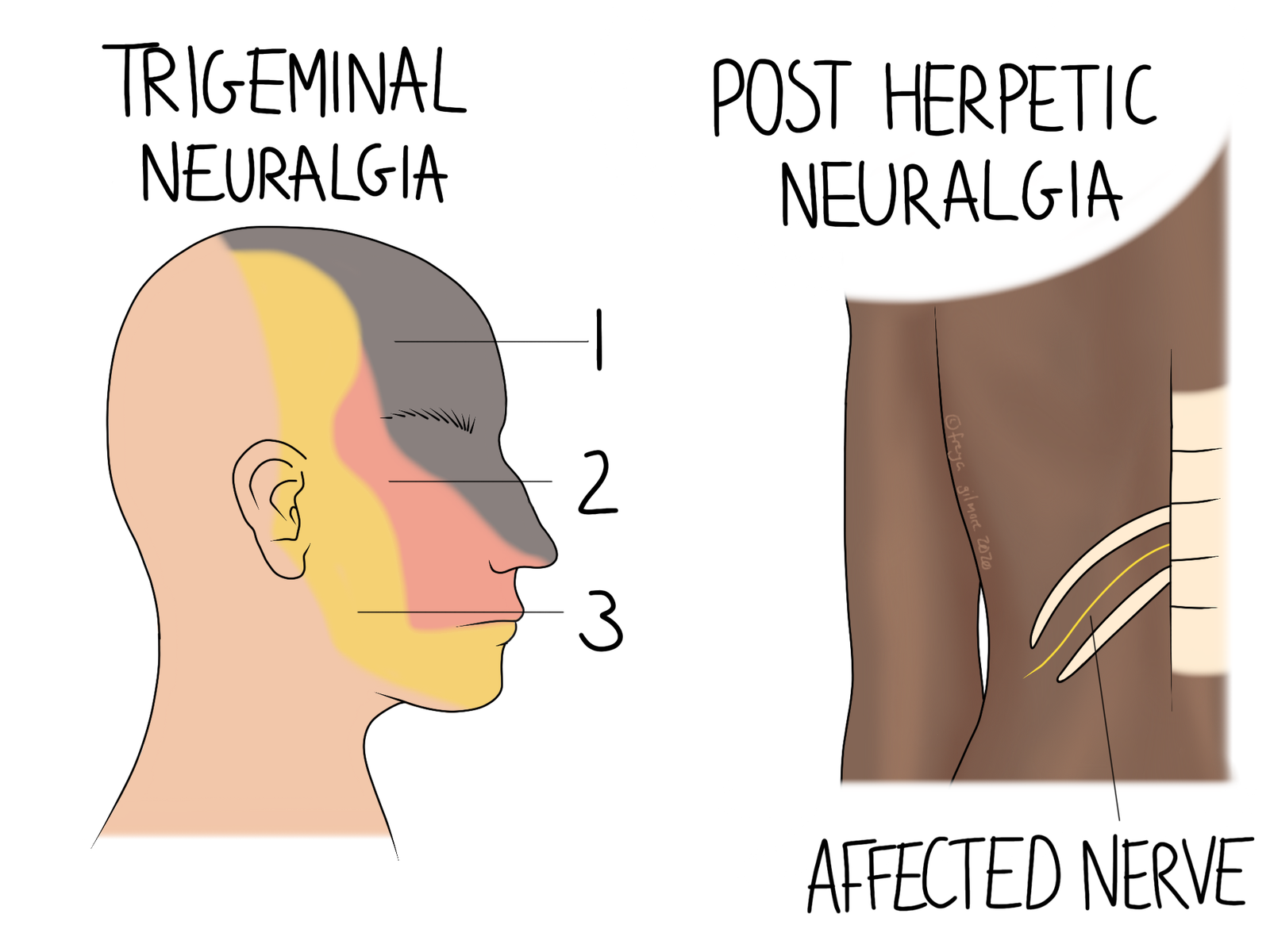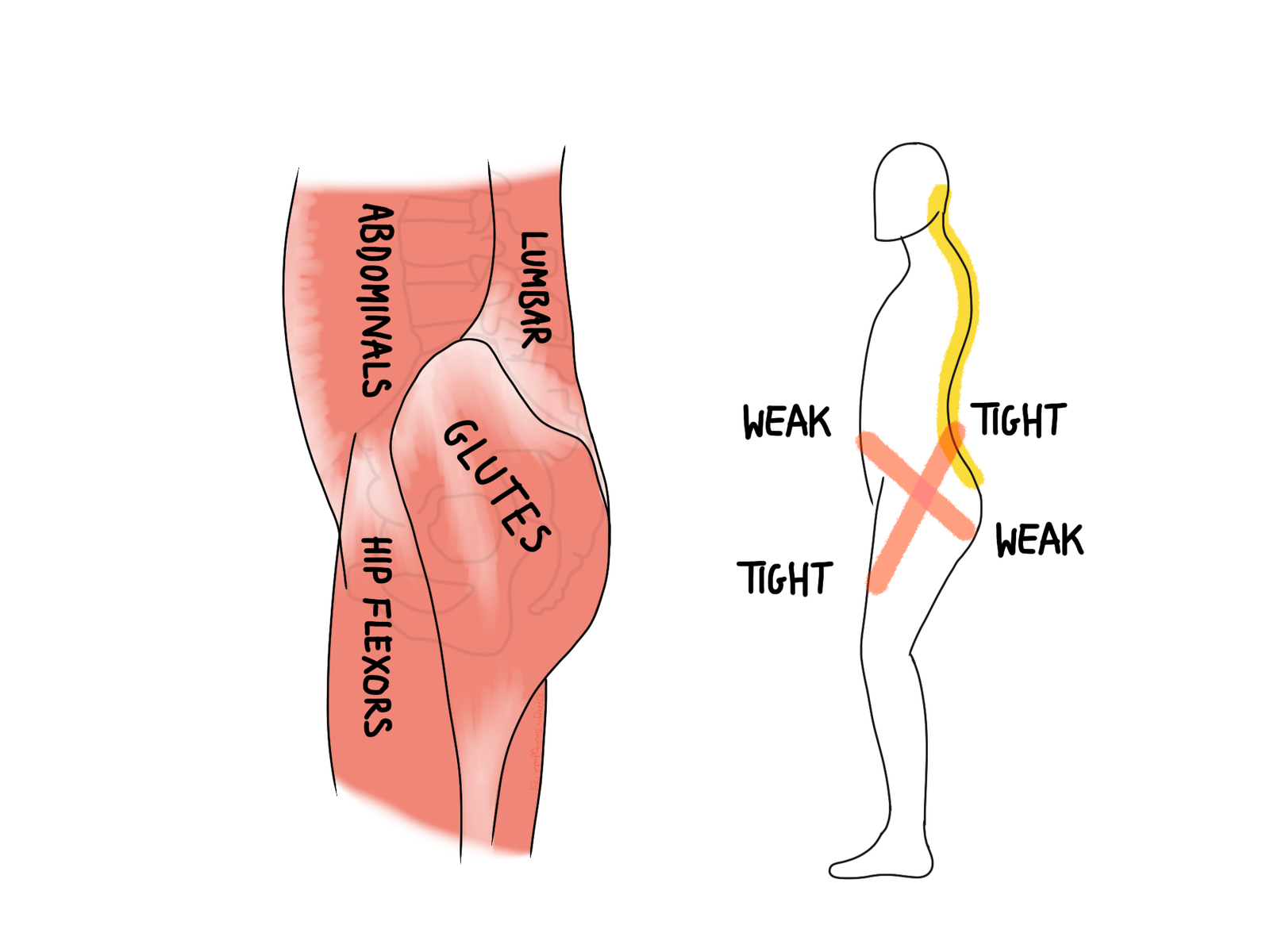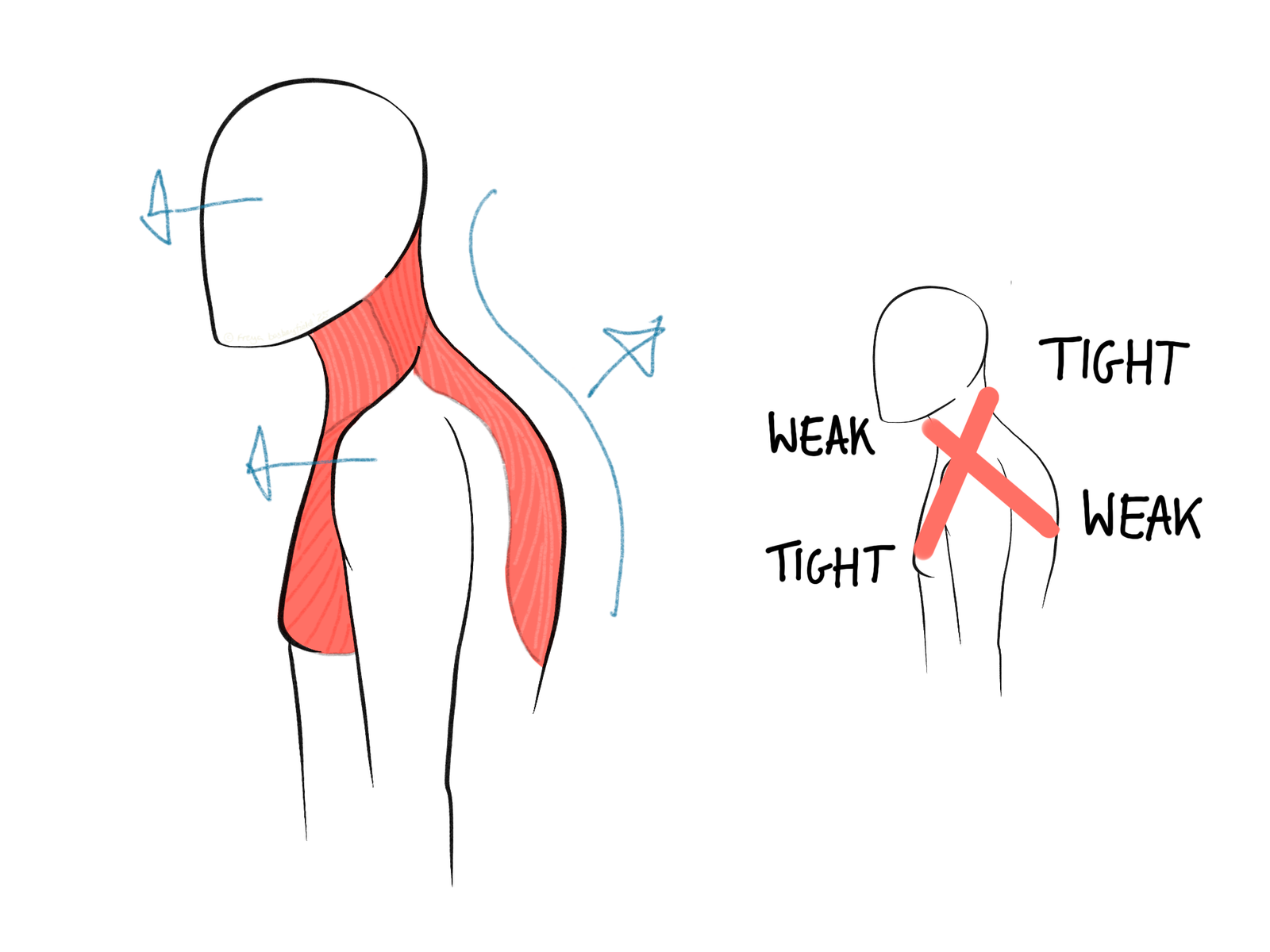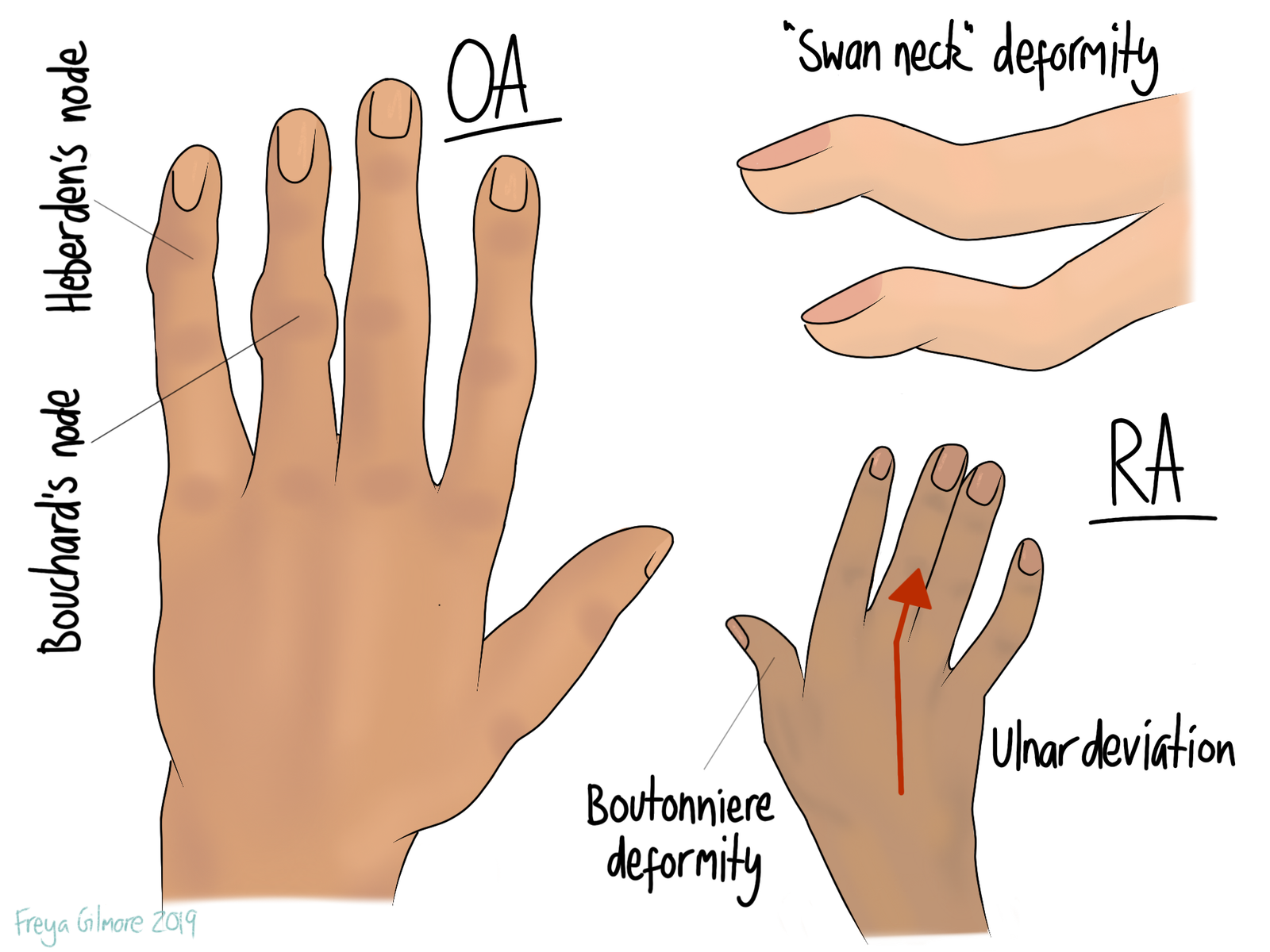What Is Lower Cross Syndrome? Lower Cross Syndrome is a muscular imbalance around the thighs,…

Neuralgia
Neuralgia is a term that literally means nerve (neuro-) pain (-algia).

What is Neuralgia?
Although the name is quite broad, neuralgia does not encompass all nerve pain. Three good examples are trigeminal neuralgia, post-herpetic neuralgia, and sciatica.
Trigeminal Neuralgia
The trigeminal nerve is one of the nerves that runs to the face directly from the brain. This is different to most nerves, which exit from the spinal cord. The route it takes passes through small holes in bone, and it may be at one of these points where the nerve becomes irritated. Other times, the cause cannot be determined.
The nerve gets its name from its three branches, as highlighted in the diagram above. When irritated, one or more branches may be affected depending on the nature of the irritation. The pain can excruciating, and although it is not constant, it can be set off easily. Allodynia is a term that refers to pain from something that is not usually painful. It is a feature of trigeminal neuralgia: something as benign as using a makeup brush can cause the shooting pain.
Post-Herpetic Neuralgia
Shingles is caused by a form of the herpes virus, so after the infection, associated nerve pain is called “post-herpetic”. Shingles can occur without a new infection in someone who has had chicken pox, as the virus that causes the latter remains in the body. It lies dormant in the nervous system, which explains some of its behaviour. When the shingles rash occurs, it tends to follow a line of a nerve (or nerves). This can be quite clear around the ribs, where nerves run between the ribs. A line of chicken pox-type scabs are an obvious sign of shingles.
Once the rash resolves, pain in the affected nerve may develop or worsen. This may persist for quite some time, but we may be able to help. Shingles and chicken pox are highly contagious, so do not come to the clinic while you are still in the infectious stages.
Sciatica
Another term for sciatica is “sciatic neuralgia”. The cause is often mechanical, such as a disc or muscle pressing on the nerve. You can read more on what we can do for your sciatic pain here.
Managing Nerve Pain
Nerve pain can be difficult to predict. Intensity does not always correlate with how recovery will go. However, we know there are a number of approaches that can help.
The first step might be trying to remove the cause of the pain. For sciatica, this might be quite easy if the cause is a tight muscle. For trigeminal or post-herpetic neuralgia, this might not be appropriate.
The next step could be treating the nerve itself. In these conditions, the nerve can quickly become sensitive, and the brain begins to interpret the nerve’s signal differently. We can use hands-on techniques to try and retrain the brain’s sensitivity, teaching it that there’s no need for pain. It can also be helpful to talk to you about your pain and help you understand it. Knowledge really is power when it comes to the complex nature of pain. Better understanding correlates with better outcomes.
As with most things, the sooner you start addressing it, the better your prognosis.
If you have the symptoms of neuralgia, you can book an appointment online here.



